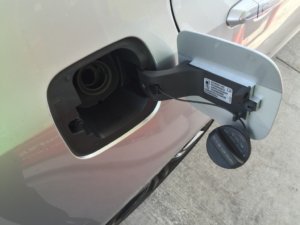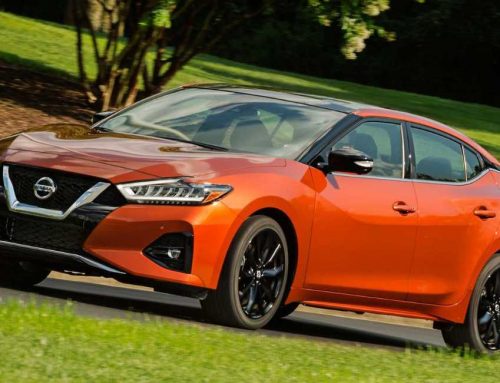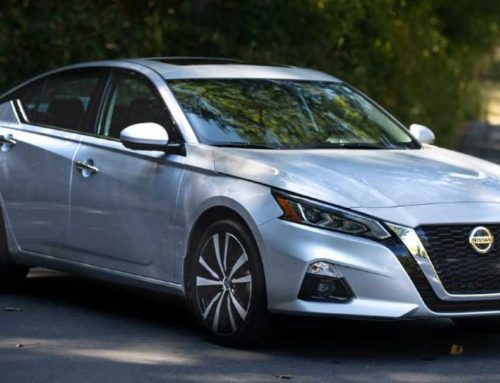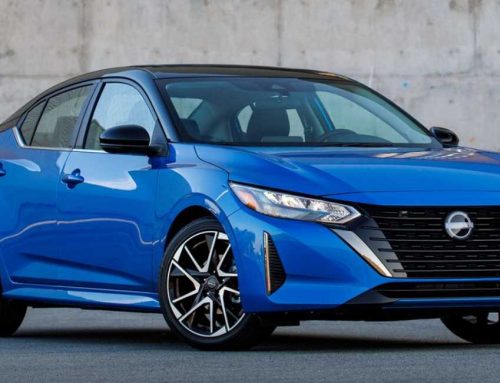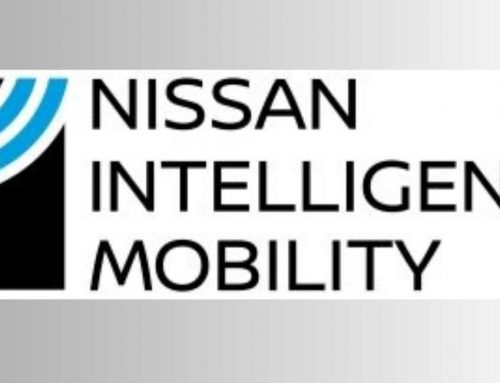It’s natural to feel slightly unnerved when the master indicator light turns on in your Nissan Altima. This warning light is hard to miss. It shows up on your dashboard as a bright triangular symbol with an exclamation point inside the triangle. Unlike other warning symbols that light up on your dash from time to time, the master warning light does not indicate a specific problem—which leaves you wondering what is wrong with your car and how serious the issue might be.
An illuminated master indicator light in your Nissan Altima is not necessarily causing for alarm. This light can be triggered by any number of issues, most of which are very minor and some others that are more urgent and require immediate attention. That being said, you should never ignore your car’s master warning light once you notice that it is illuminated. As soon as you see that this light has turned on, take your Altima to a nearby Nissan dealership or a reputable auto body repair shop in your area and request a thorough inspection.
Or, if you are able to successfully diagnose the problem yourself and successfully get the master warning light to turn off, you can save yourself the hassle of a time- consuming, potentially expensive trip to your local dealership. Here are five reasons why the master indicator light might turn on in your Nissan Altima—and five solutions for how you can fix the problem as quickly and easily as possible.
1. You Left Your Headlights On
If you forget to turn off your headlights, your Nissan Altima’s master warning light will illuminate before you leave your car.
Check your headlights as soon as you stop driving if you notice that your car’s master indicator light has turned on. If you’ve left your headlights on accidentally, that warning light could save you from dealing with a dead car battery the next time you get in the car to drive somewhere.
2. Your Fuel Cap is Loose
If you notice that your car’s master warning light is on after you fill your car up with gas —and it wasn’t illuminated before you stopped to re-fueled—your fuel cap is the most likely culprit.
In this scenario, find a safe place to pull over or park your car and get out to examine its fuel cap. Even if the cap looks secure at first glance, give it a couple of extra twists to make sure it’s really on there tight. If the master indicator light turns off once you start driving again, you’re good to go. If it remains illuminated, then the source must be a different problem.
3. You Forgot to Release Your Parking Brake
This trigger for your Altima’s master indicator light is an excellent cautionary example of why you should try your best to determine the root cause of that illuminated triangle on your dashboard as soon as it appears.
While this issue might seem very minor because it doesn’t put you or your passengers in immediate danger, forgetting to release your parking brake and leaving it engaged while you drive can damage your brakes and other essential—and expensive to replace —parts and systems of your car.
Fortunately, this problem is very easy to fix. All you have to do is release your parking brake. If you choose to ignore the master warning light on your dashboard, however, you can end up doing some serious damage to your car.
4. You’re Almost Out of Gas
Your Nissan Altima’s master warning light will turn on when your car’s fuel tank gets close to empty as an extra reminder for you to refuel ASAP or risk getting stranded on the road somewhere.
In addition to low fuel, low levels of washer fluid, coolant, or other essential fluids can also trigger your car’s master warning light. Check all of the fluids in your car before you rule out low fluid levels as the reason why your Altima’s master indicator light is illuminated.
5. The Pressure in One of Your Tires is Low
Low tire pressure is one of the most serious and potentially dangerous problems that can trigger your Altima’s master warning light. If the pressure in one or more of your car’s tires is low, that tire is much more likely to go flat or blow out—which can cause a serious accident if it happens while you’re on the road.
If you know how to check your car’s tire pressure yourself, check it as soon as possible to rule out low tire pressure as the reason your car’s master indicator light is on. Or, take your car into your local dealership or repair shop and ask a professional there to check the pressure in your tires.

